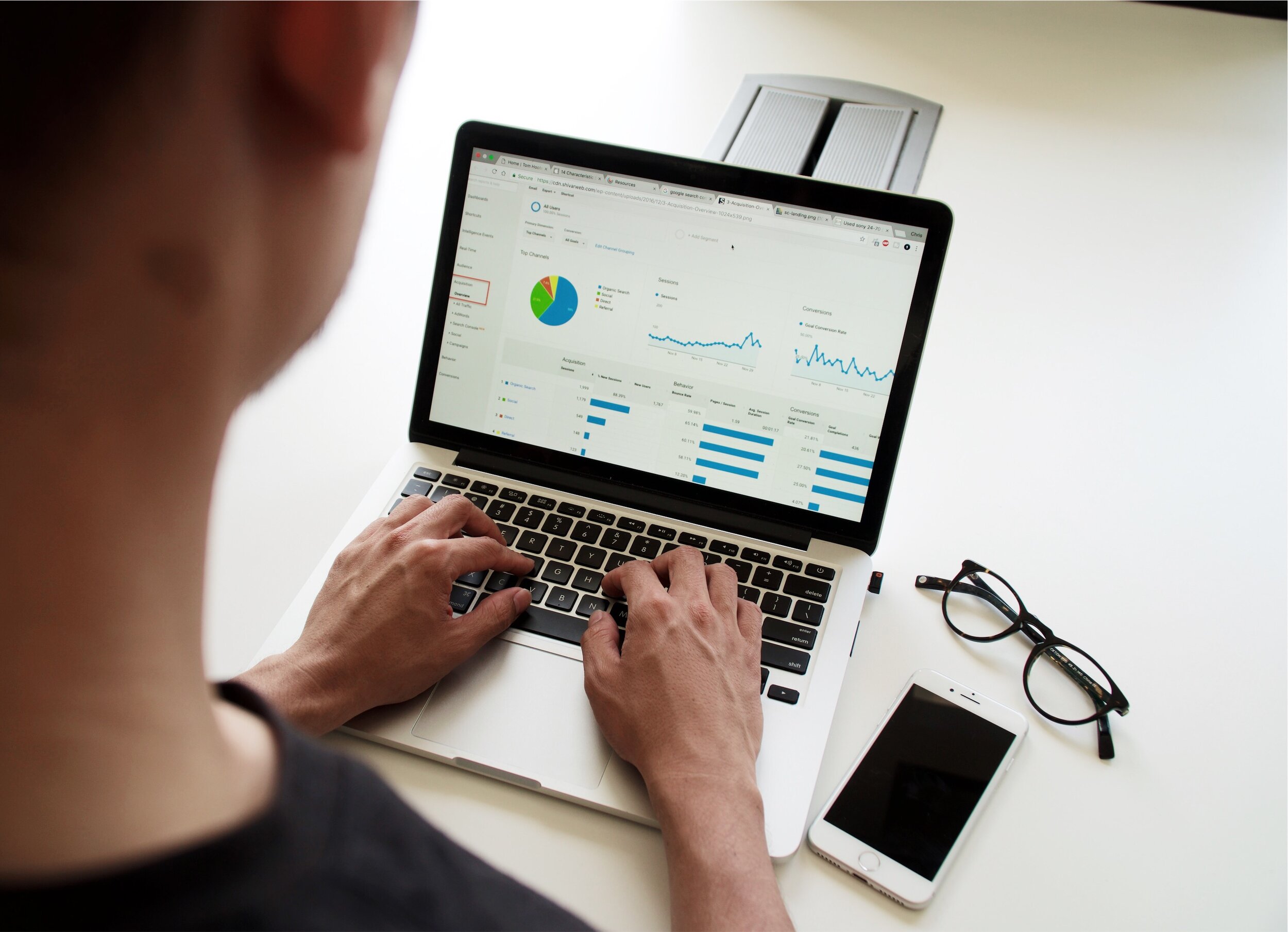“I’m not afraid of AI itself… I’m afraid of what it might mean for me.”
This quiet confession from a mid-level manager during a recent team meeting captured something many employees are feeling but few are saying out loud.
Artificial Intelligence is no longer a distant concept—it’s here, streamlining workflows, automating processes, and reshaping how we work. While many organizations see AI as a leap toward efficiency and innovation, for employees, it can trigger a deep undercurrent of anxiety about job security.
The Root of the Anxiety
For employees, the fear isn’t just about technology replacing people—it’s about uncertainty. They wonder:
- Will my role still exist in a year?
- Will my skills become outdated overnight?
- Will AI take over the “valuable” parts of my job and leave me with repetitive, less meaningful work?
These fears aren’t unfounded. Automation is already replacing routine and repetitive tasks across industries. Even in traditionally “safe” white-collar roles, AI tools can now draft reports, analyze data, and make informed decisions—capabilities once considered uniquely human.
The Emotional Impact
The impact isn’t just professional—it’s personal.
- Loss of Control: Rapid, unexplained change leaves people feeling powerless.
- Identity Threat: For many, work is tied to self-worth and purpose.
- Skill Relevance Doubts: Employees wonder if they can “keep up” with AI’s pace of change.
Unchecked, this anxiety can lead to disengagement, low morale, and even higher turnover.
Leaders Have a Critical Role
While it’s tempting for organizations to focus on the tech rollout, the human rollout matters just as much. Leaders can ease anxiety by:
- Communicating Early and Often – Share clear timelines, intentions, and expected impacts. Ambiguity fuels fear.
- Involving Employees in the Transition – Invite feedback on where AI could help, rather than dictate changes from the top down.
- Offering Upskilling Opportunities – Provide training so employees can adapt and remain competitive in an AI-driven workplace.
- Framing AI as a Partner – Position AI as a tool to enhance human work, not erase it.
For Employees: Taking Back Control
Employees aren’t powerless in this shift. They can:
- Embrace Lifelong Learning – Focus on skills AI can’t easily replicate: leadership, creativity, emotional intelligence, and complex problem-solving.
- Leverage AI as a Partner – Learn to use AI tools to work smarter and faster.
- Build Career Resilience – Maintain professional visibility and relationships inside and outside the organization.
Final Thought
AI is here to stay—but that doesn’t mean it’s the end of human work.
For organizations, the winners will be those who lead with both innovation and empathy. For employees, the winners will be those who see change not as a threat, but as a chance to grow into roles that AI can’t fill.
What about you? Are you feeling hopeful, anxious, or somewhere in between when it comes to AI in your workplace? Let’s keep the conversation going.


